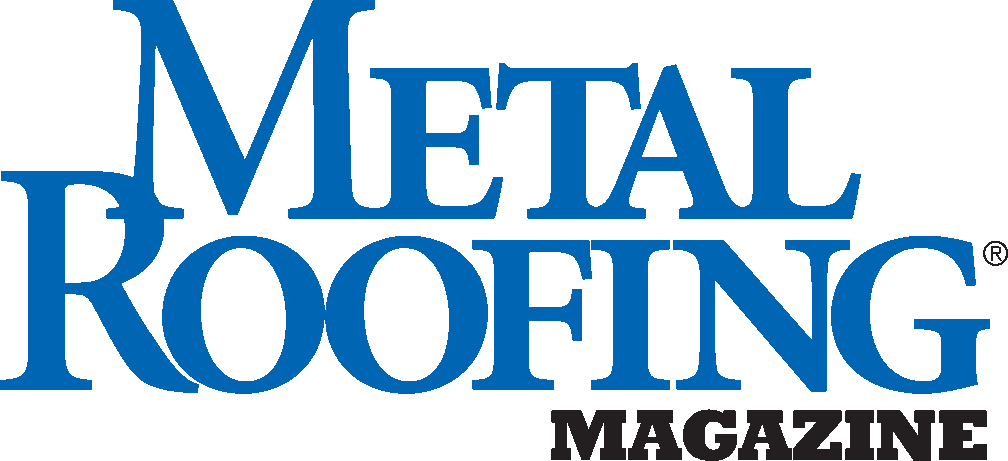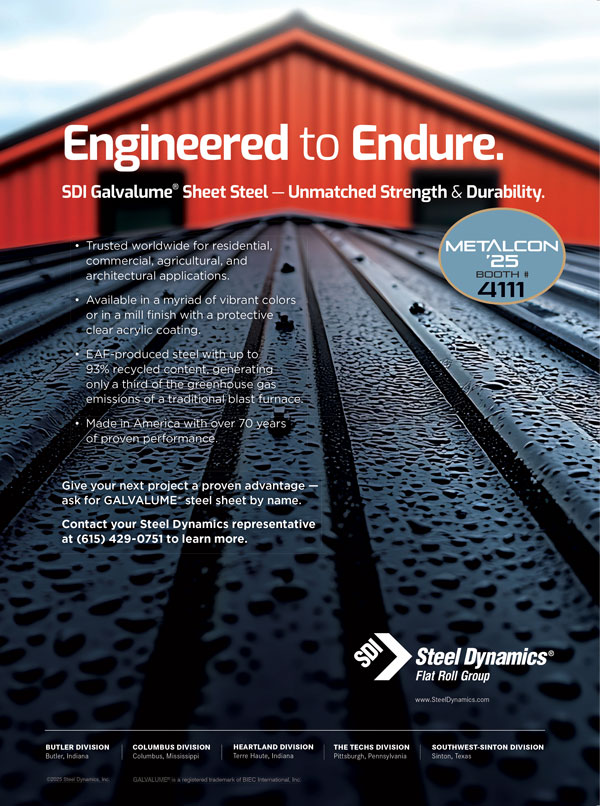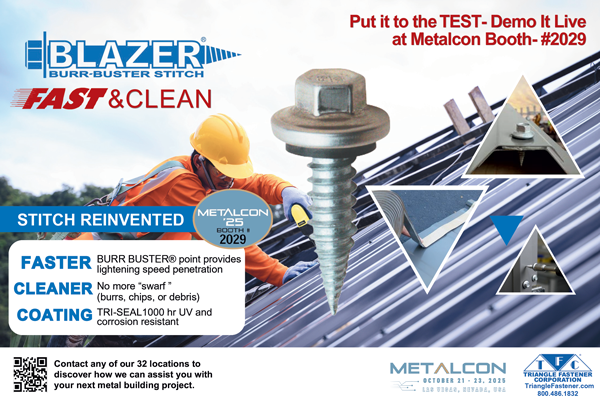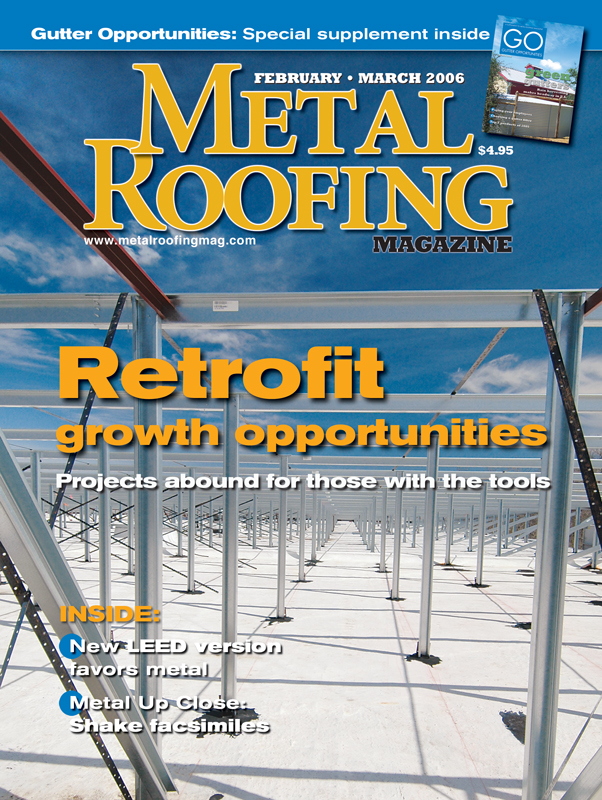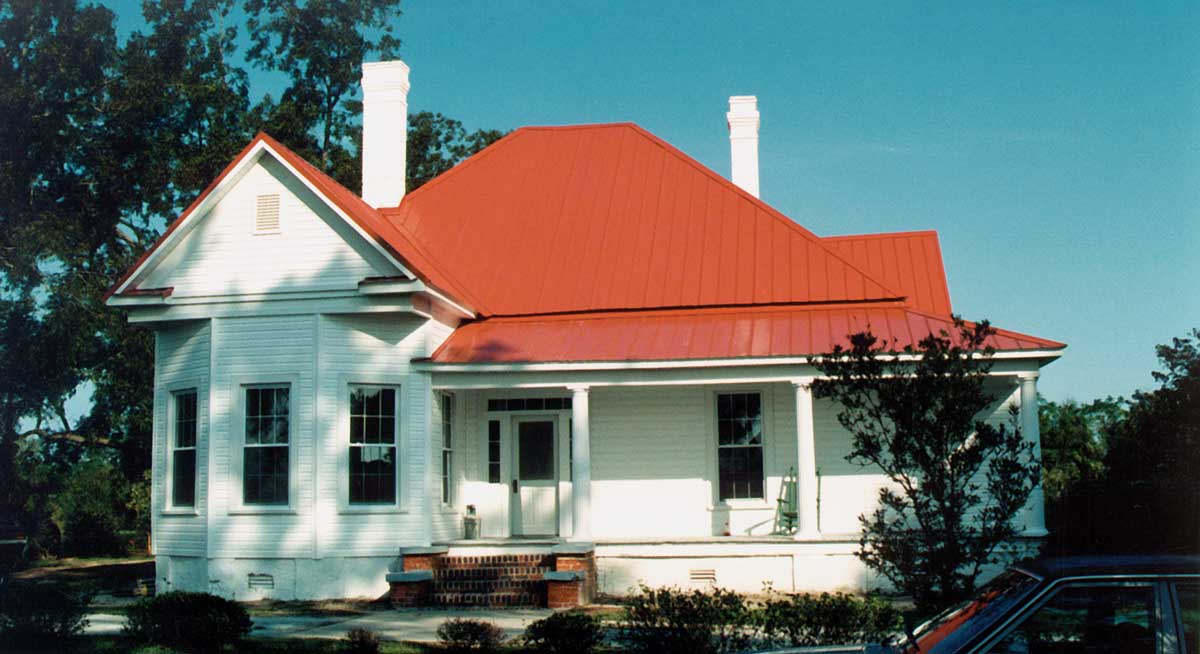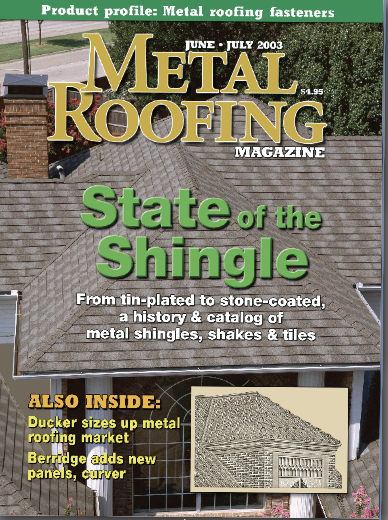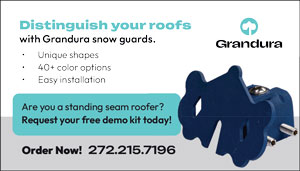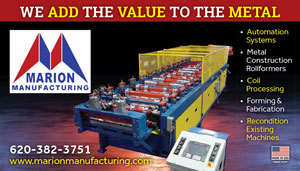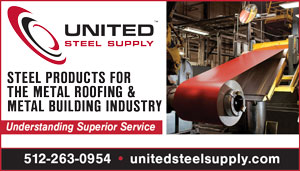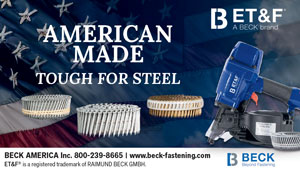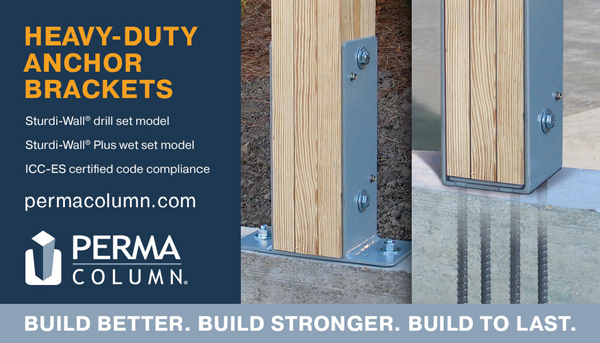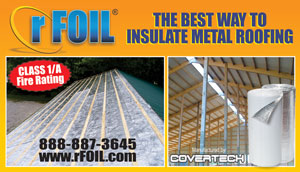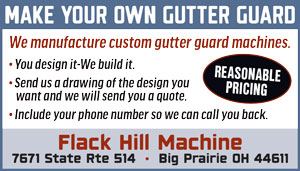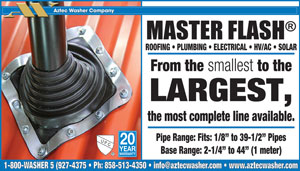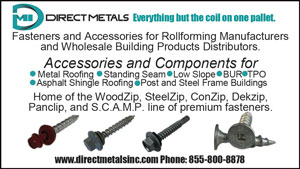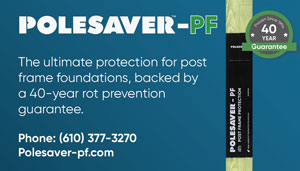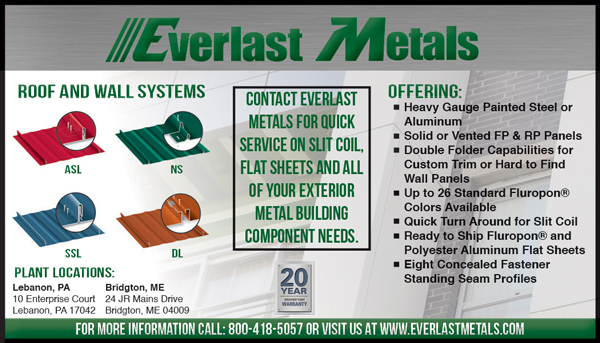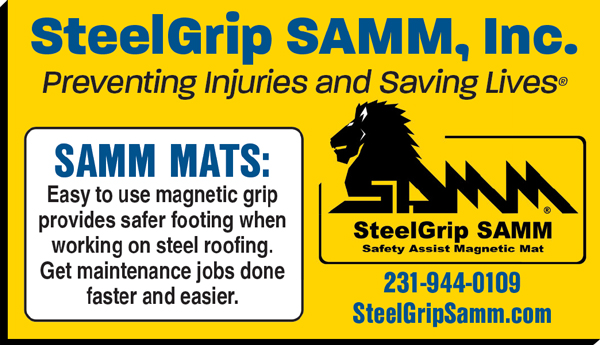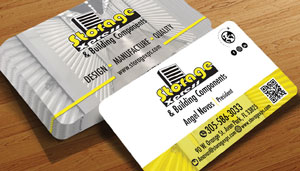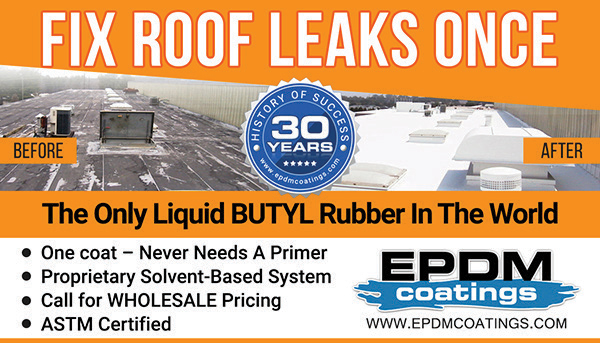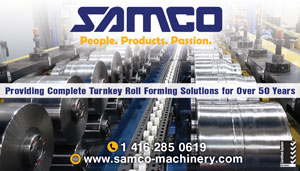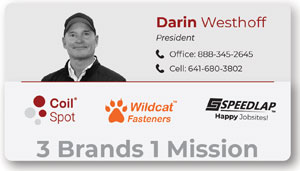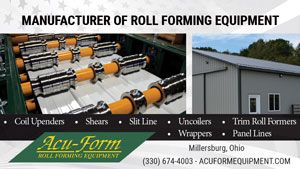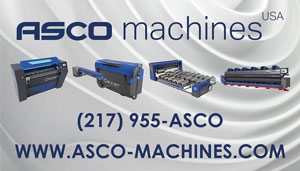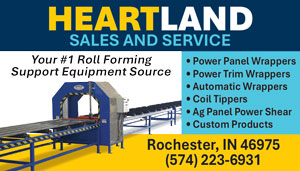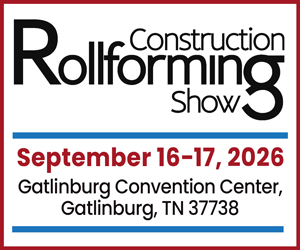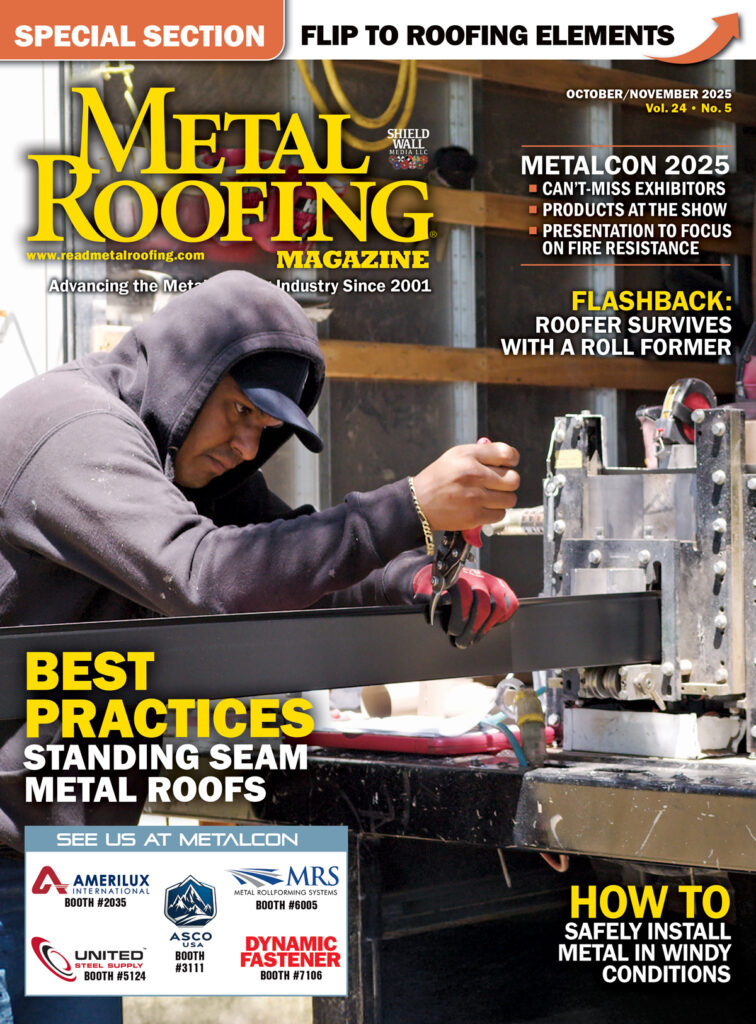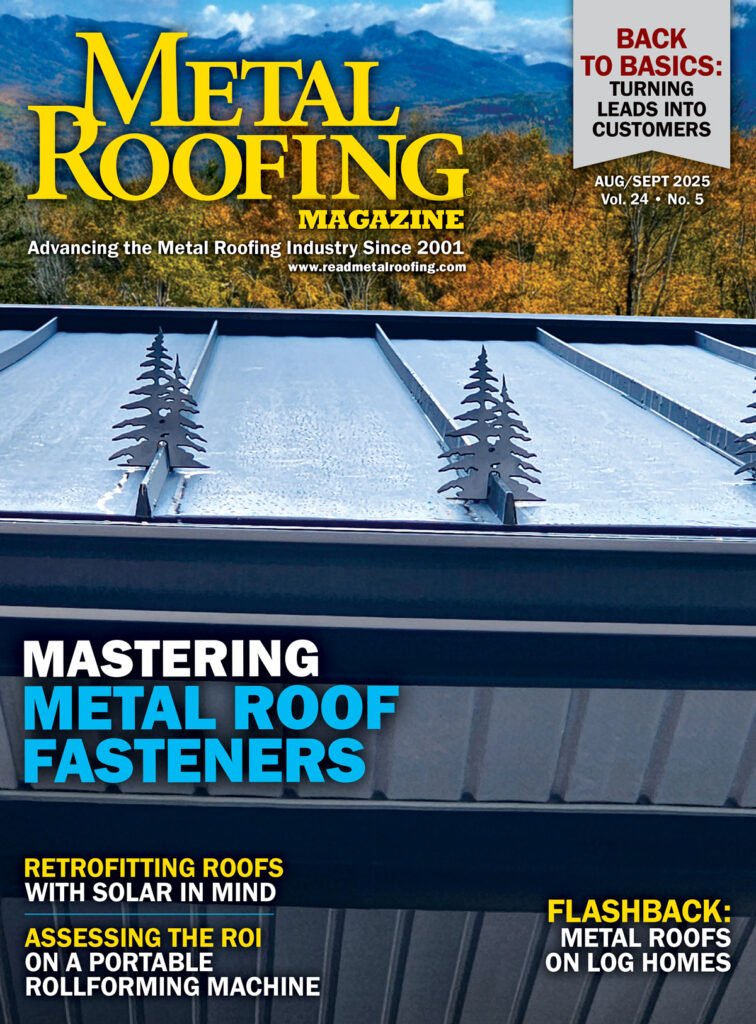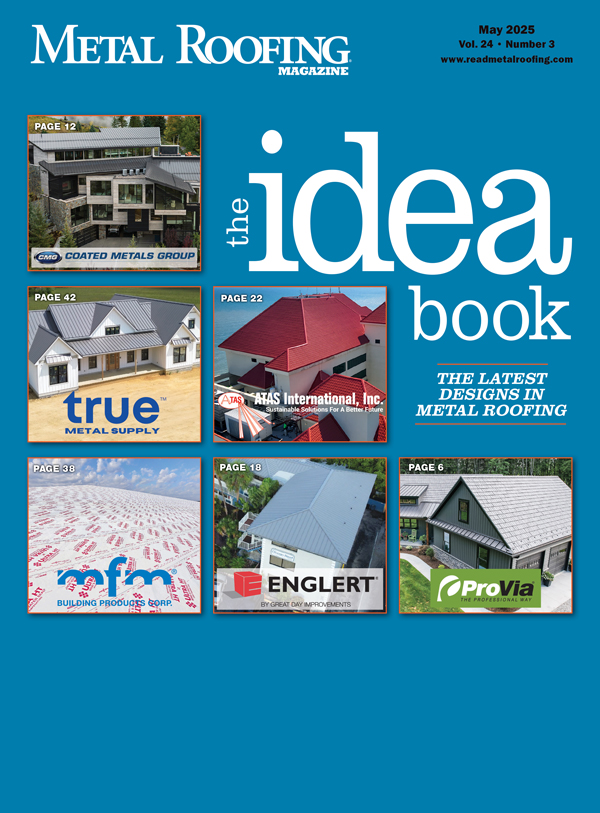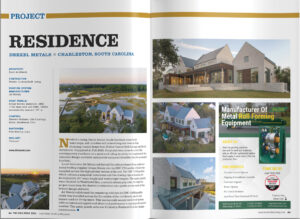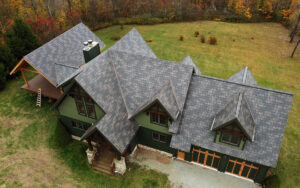In 2005, then-editor Scott Tappa wrote this article (originally titled “Surviving with a roll former”) about Jim Golke and Jim’s Roofing in Waupaca, Wisconsin. The business is still operating under the name: “Jim’s Roofing Service & Son LLC.”
It’s in his blood. It’s what he does.
Jim Golke installs standing seam metal roofing. His father and two uncles installed standing seam metal roofing before him. Five of his brothers are working at making a living installing standing seam metal roofing. His son helps him install metal roofing.
For the last 20 years, Golke has been operating Jim’s Roofing Service in Waupaca, Wis., covering three counties in east central Wisconsin. He has, on occasion, strayed from that area, taking jobs in northern Wisconsin and in the Upper Peninsula of Michigan.
Installing metal roofing is pretty much all Jim Golke has ever known.
“My dad (Cliff) and my uncle started working for Sheridan Roofing, installing standing seam roofs on barns all over (Wisconsin),” Jim says. “They would stay right at the farms they were working on.”
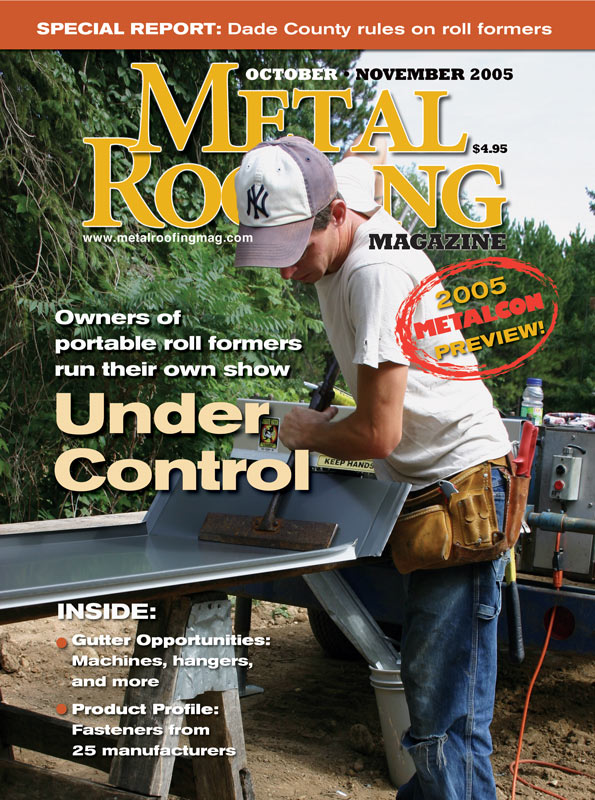
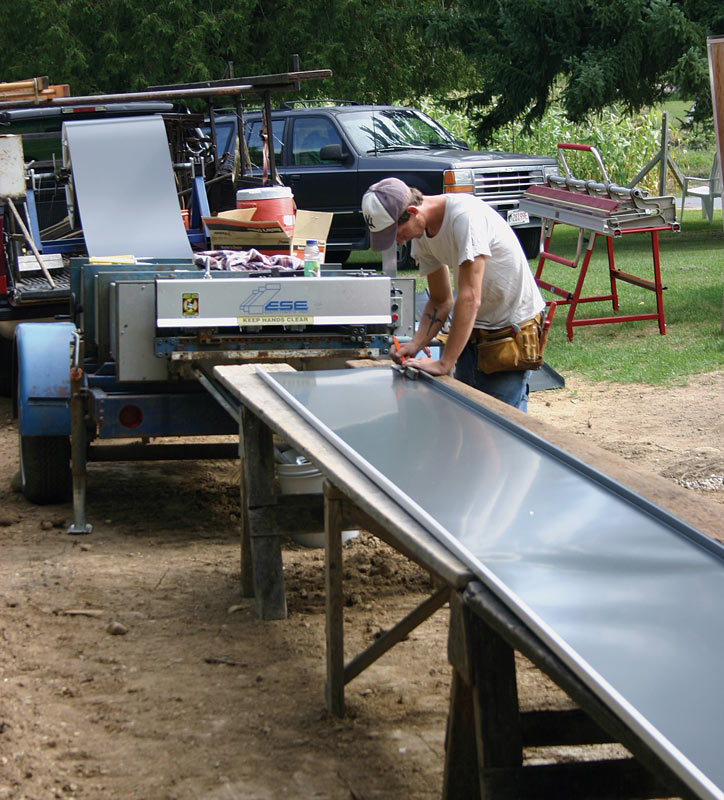


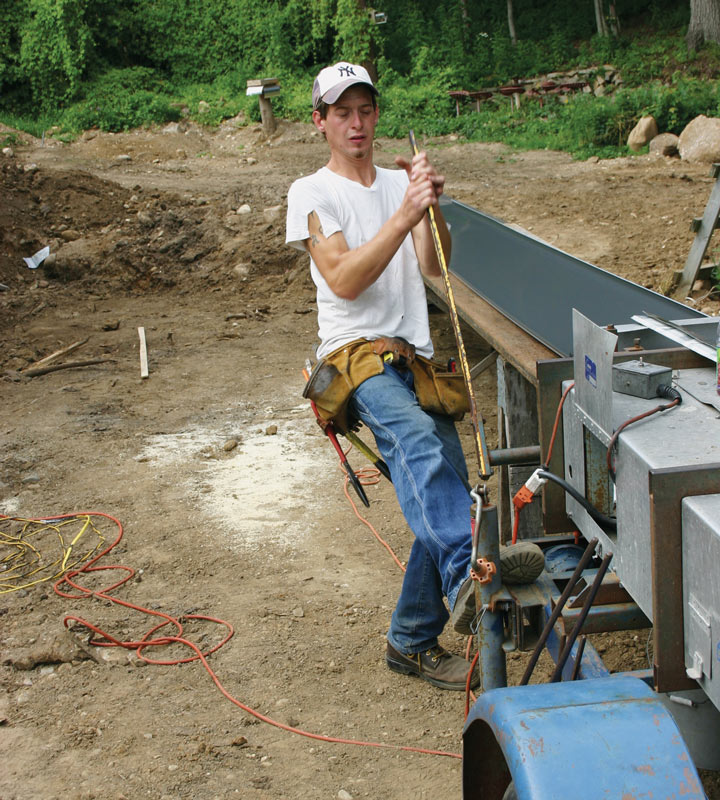
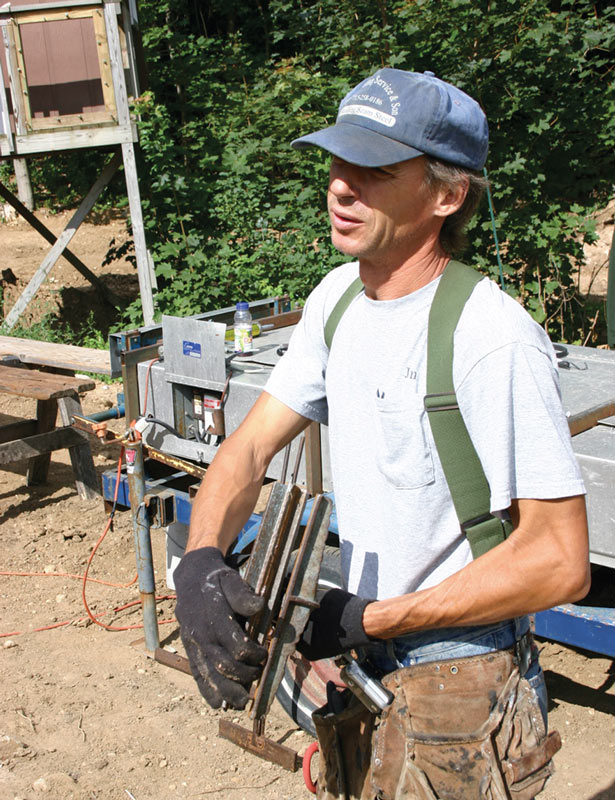
Sheridan Roofing was a big operation — they ran as many as 10 crews. After buying out Sheridan, Cliff Golke and another of Jim’s uncles ended up splitting up, each running their own metal roofing company. Yet they ran their businesses out of the same shop, right next to a railway in Waupaca — that’s how the galvanized steel was delivered, in 50-foot rolls.
A lot of things have changed through the years. In the time he worked for his dad (and for the first 12 years he was on his own), Jim didn’t have a roll former. Before he bought panels, all standing seam panels were formed by hand, and Jim says that was his specialty. “I was a pretty good ground man,” he says. “I would start hand forming those rolls before they unraveled all the way. I remember one day, forming 32 squares of steel in seven hours.”
Golke recalls the numb forearms after days like that. He says his arms were always asleep, from being in the same position every day.
All of Cliff’s seven sons worked with him at one time or another. He always had a hard-working crew. The brothers now have more than 260 years of experience among them.
Jim learned a lot from his father and says he was glad he was paying attention. Jim started his own business when he was 27, after working side-by-side with his dad for 10 years. “It took me that long to gain the confidence to try it,” he says. His own son, Jason, is a part of the four-man crew. At the age of 25, he is Jim’s most experienced employee — nine years — and now the business is called Jim’s Roofing Service & Son.
He started out working alone, pretty much taking all jobs. Jim remembers installing galvanized standing seam roofs on barns — all by himself. Took a couple weeks, he says. He worked alone for two years.
Working on his own, Jim Golke bought panels from his brothers, Charlie and Joe. They ran sheets for him on their roll former. He soon realized he could run panels a little cheaper if he had his own machine. So he saved some money and about eight years ago, he bought a used ESE Machines roll former from a company in Florida. “The guy wanted $10,000 for it, but he took $6,000,” he says. “I had it shipped up here with a load of watermelons for about $300.”
The ESE roll former was built in 1972 or 1973. “I don’t think I’d be doing this anymore if I didn’t have the roll former,” Jim says.
Only once has the machine given him any grief. “And it was our fault,” he says. “We were working on a barn that had a tile roof. The truck (holding the spool of coil) was just outside the overhang and the machine was under the overhang. Some of that tile roof chipped off and fell on the coil before it went into the machine. We ended up having to replace the gear motor.
“I’m surprised how well it runs. Every once in a while we tighten the wheels, the guillotine is getting bad … I could sharpen the blades, but I think we should probably get a new guillotine. I think about getting a new machine, all the time, but I don’t want to take out a loan. I never seem to build up enough cash flow to get it.”
Everyone on the crew knows how to run the roll former. Training takes a lot of time for a couple of reasons. First of all, with a crew of four, everyone needs to know how to do everything. Secondly, turnover is high — Jim estimates he has trained 25 employees in 20 years. He even tried running two crews for a while. “It ended up being a lot more headaches,” he says. “I spent more time correcting things, getting things the way I wanted them.”
There still aren’t too many jobs he turns down, but Jim knows some jobs are more profitable than others. “I’ll know right away if metal is going to work or not,” he says. “About the only jobs I’ll turn down is if it’s something I feel my crew isn’t experienced enough to handle. And I won’t put them at risk. Safety comes first.”
Jim has considered branching out, maybe installing metal shingles, but he’s busy enough with the standing seam jobs. “And standing seam is a lot easier than shingles,” he says.
After 30 years, it’s easier than a lot of things.
The biggest change Jim has seen in the industry is the growth of painted panels. So many more homeowners and building owners want painted metal, he says. Painted panels have to be handled with a lot more care — scratches on painted panels do a lot more damage than on galvanized. Crews have to be extra careful while running coil through the roll former, and handling and installing panels.
Jim says it would be nice to just get a better handle on the business end of the operation, worry about ordering coil, doing bids. “It’s hard to keep up with some of that when you’re on the roof,” he says. “When I get down, I’ve got 15 calls to return on my cell phone.”
He says he and his brothers, despite being competitors, get along very well for the most part. Occasionally, they talk about getting together to form one company, getting rid of the “bad employees, the headaches.” He doesn’t think it will ever happen — “too many chiefs,” Jim says.
“I fantasize a lot about having a normal job, working eight or nine hours a day and getting home for dinner at the same time every day,” he says. “Owning your own business is a lot of responsibility. I’m raising my second family and this job can be a lot of stress. I try to keep work stuff to normal business hours, but that’s not the way it works. And I can’t climb like I used to.”
He doesn’t know what else he would do, and you get the feeling he really doesn’t want to do anything else. It’s easy to tell, he takes pride in his work.
“Roofing is simple,” he says. “Water only flows one way and you’re just trying to get it off the roof. Metal is the best material to work with when you’re dealing with rain and snow. Otherwise, why do all those guys putting down asphalt shingles use metal in all the crucial points on the roof — the valleys, ridges, edges — it’s all metal. Tell me, why is that?”
That is Jim’s sales pitch. It’s in his blood. MR

